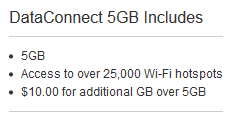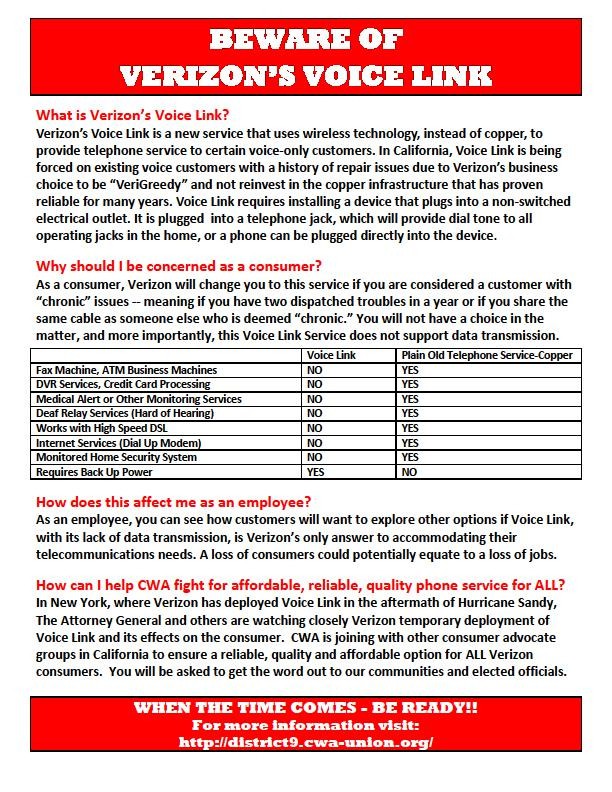 Just as in the United States, the promises made by satellite broadband providers are turning out to be too good to be true.
Just as in the United States, the promises made by satellite broadband providers are turning out to be too good to be true.
In Great Britain, commercial broadband providers have argued satellite Internet access is a better solution for rural residents because wiring out-of-the-way places is “too uneconomical.”
Despite promises of 20Mbps service from satellite operators, customers report actual speeds are well below 1Mbps at the times they actually want to use the Internet. Unlimited access is also increasingly a thing of the past, replaced with usage caps of 50-60GB, with unlimited usage from 11pm-7am.
Providers deny any serious problems, pointing to speed test tools developed and released by the ISPs showing speeds are theoretically great. But browsing the public Internet suggests otherwise.
Avonline customers have a very active ongoing discussion complaining that £65 satellite broadband should work better:
For past three weeks, the service takes a dive in the evening, I thought this started about 7pm but having tried it earlier, it’s more like 5pm and today about 4pm. Speed tests provided by Avonline suggest I am getting 20/5Mbps but all other tests suggest between 1 and 2Mbps download and ?? upload. Often their own speed test stalls on the upload altogether or eventually returns a result of 0.1Mbps or similar.
As a family, we come home from work and school and want to watch things online at a time to suit us as terrestrial TV is a bit dire. The service is unavailable at this key time and remains down until 1 or 2 am.
 Unlimited customers paying £75 per month have been told they are “abusing” the service and that it has effectively run out of capacity and is oversold.
Unlimited customers paying £75 per month have been told they are “abusing” the service and that it has effectively run out of capacity and is oversold.
“Unfortunately we cannot do much about the bandwidth on the shared network during peak hours,” came one response from Tooway, another satellite ISP that recently disclosed it will only sell unlimited service to 20,000 customers and wants assurances customers are using their accounts for private, family, and personal use only before the overnight usage caps come off.

*-Only applies at 3am.
But even then, some customers say pervasive speed throttling accomplishes the same thing as a strict cap – it keeps customers away from the service. One Tooway customer shares his dissatisfaction:
The Fair Use policy posted by ToowayUK has only just been introduced. Prior to this there was just boilerplate language that boiled down to “we can do anything at any time” (not that different from the FUP language of any other ISP).
Of course what is really a joke here is that the “unlimited” service actually has a 60GB cap – the traffic management policy works just the same way if we go beyond 60GB as when a capped customer goes beyond their cap.
ThinkBroadband notes satellite ISPs may also have insufficient capacity back on earth, but later reports show satellite bandwidth capacity is also a growing issue:
The KA satellites carry many transponders, but these are usually spread out to cover the whole of Europe meaning that for any particular satellite there may only be 3 or 4 transponder beams for the whole UK, and as a transponder has a throughput limit of 475Mbps this could prove a bottleneck. Oddly the fact that the speed probe tests gave good results, suggests the issue may not be satellite capacity but rather the purchased amount of capacity from the ground station to the Internet at large.


 Subscribe
Subscribe
 AT&T’s DataConnect plan, suitable for fixed wireless home use,
AT&T’s DataConnect plan, suitable for fixed wireless home use,  Despite warnings from public safety officials the wireless landline alternative proposed by Verizon is unreliable and potentially a threat to the safety and well-being of customers, Verizon is moving full speed ahead to deploy Voice Link service in New York and New Jersey communities where existing Verizon landlines have deteriorated and FiOS fiber optics is a distant dream.
Despite warnings from public safety officials the wireless landline alternative proposed by Verizon is unreliable and potentially a threat to the safety and well-being of customers, Verizon is moving full speed ahead to deploy Voice Link service in New York and New Jersey communities where existing Verizon landlines have deteriorated and FiOS fiber optics is a distant dream.


 Verizon Communications is cutting investment in its landline and fiber optic networks, spending the money on improving the company’s more profitable wireless business, which now accounts for 67 percent of Verizon’s total revenue.
Verizon Communications is cutting investment in its landline and fiber optic networks, spending the money on improving the company’s more profitable wireless business, which now accounts for 67 percent of Verizon’s total revenue.

 Following Verizon’s lead, AT&T has announced a
Following Verizon’s lead, AT&T has announced a  AT&T customers have been
AT&T customers have been 